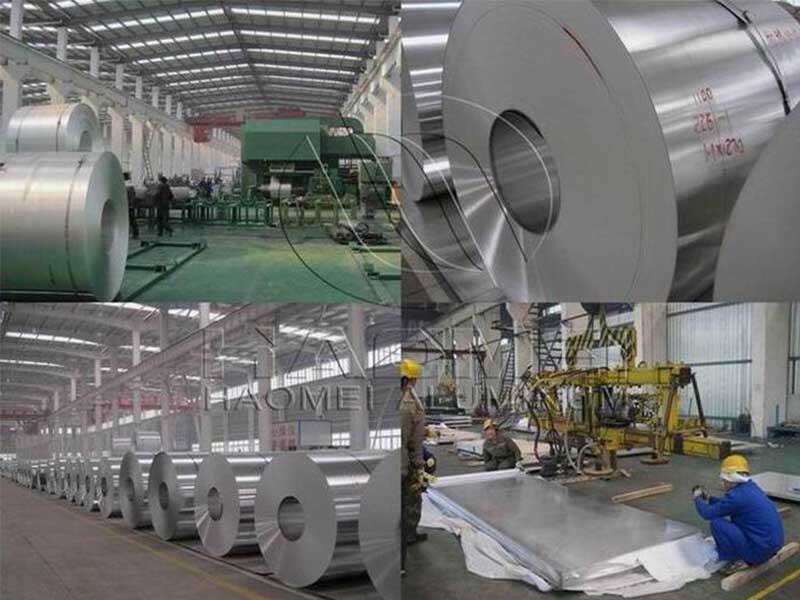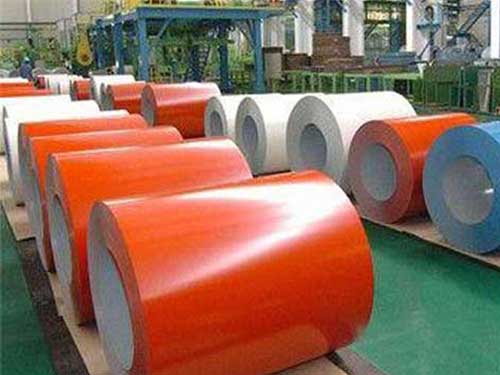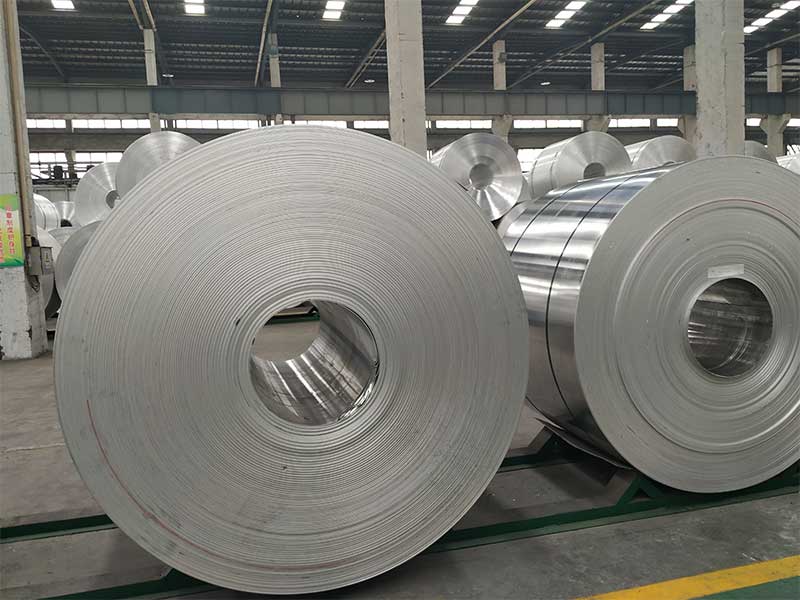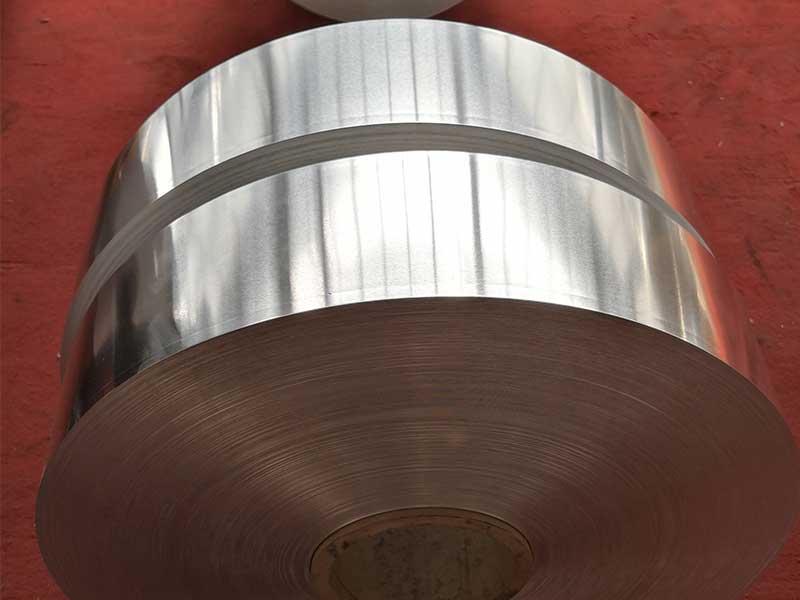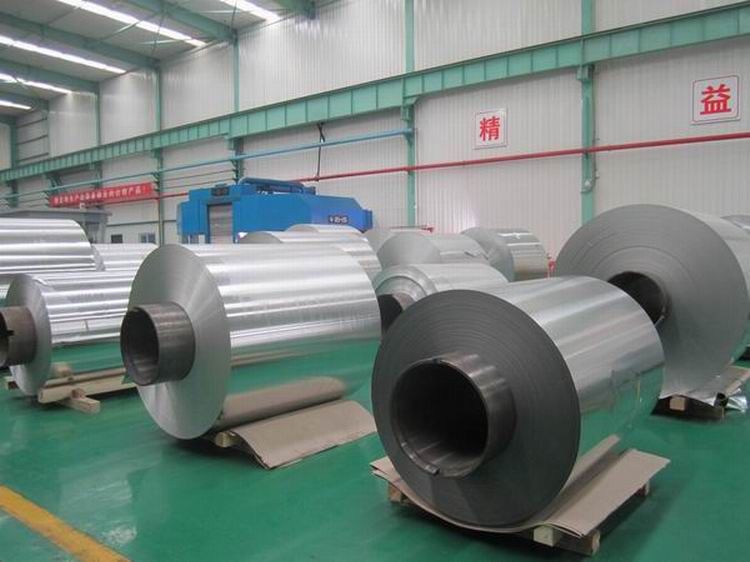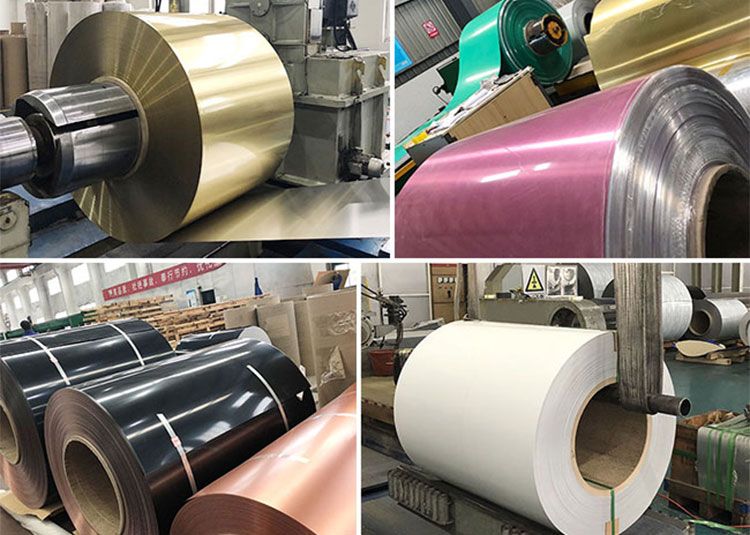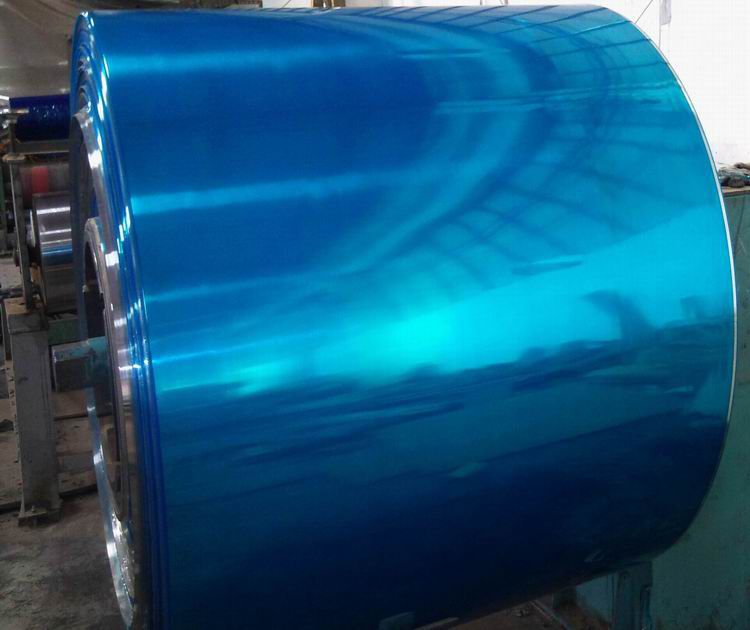Aluminum coil DC CC50 with alloys 1060 and 3003, offered in tempers O and H14, represents a versatile and high-performance product favored across automotive, packaging, construction, and electrical industries. This coil is manufactured precisely to standard widths, thicknesses, and mechanical properties assuring quality, reliability, and adaptability.
Product Name: Aluminum Coil DC CC50Alloy Series: 1060, 3003Temper: O (Annealed), H14 (Strain Hardened, Quarter Hard)Thickness Range: 0.2 mm – 3.0 mm (customizable)Width Range: 15 mm – 2000 mmStandard Length: Coil or cut-to-length sheetSurface Finish: Mill finish, bright finish or custom as per application
Alloy and Temper Details
| Parameter | Alloy 1060 | Alloy 3003 |
|---|---|---|
| Aluminum Content | 99.6% minimum | 96.8% Aluminum + 1.0-1.5% Mn |
| Main Alloying Element | Trace Fe, Si | Manganese (Mn) for strength |
| Mechanical Property | Lowest Strength in series | Moderate strength, high corrosion resistance |
| Typical Application | Electrical Manufacture, Reflectors, Heat exchangers, Decorative | Roofing Sheets, Cooking Utensils, Storage Tanks |
Temper Analysis
| Temper | Description, Conditions | Mechanical Properties (Approximate) | Application Suitability |
|---|---|---|---|
| O | Fully annealed, soft, ductile | Tensile Strength: 40-70 MPa, Elongation: >20% | High formability applications like extrusion or bending |
| H14 | Strain hardened, about 1/4 hard, no heat treatment | Tensile Strength: 145-185 MPa, Elongation: ~8-12% | Forming applications requiring higher strength, sheet metal processes |
Chemical Composition Standards
Aluminum Alloy 1060 (per ASTM B209 / GB standards):
Aluminum coil DC CC50 1060 3003 O H14 presents a fascinating array of material properties and processing challenges. The "DC" denotes a direct-chill casting process, usually resulting in a coarser grain structure compared to other casting methods. This impacts its formability; while 1060 (high purity) and 3003 (manganese alloyed) offer good ductility, the DC casting might necessitate more careful control during stamping or bending operations to prevent cracking or surface defects. The "CC50" likely refers to a specific coil configuration or quality standard within our factory, influencing aspects like coil width, thickness tolerances, and surface finish requirements. these parameters is crucial for ensuring downstream processes like slitting, winding, and final product fabrication run smoothly. Variations in these specifications can significantly impact production efficiency and final product quality.
Furthermore, the temper designation "O H14" is critical. "O" indicates an annealed state, meaning the aluminum is relatively soft and malleable, ideal for deep drawing applications. However, the "H14" suggests a subsequent strain hardening process, offering increased strength and springback resistance. This combination implies a balance between formability and strength, making it suitable for specific applications where a degree of hardness is needed but excessive stiffness is detrimental. The precise degree of hardening achieved during the H14 temper will depend on many variables including the specific processing parameters employed during
| Element | Content (%) |
|---|---|
| Aluminum (Al) | 99.6 min |
| Iron (Fe) | 0.35 max |
| Silicon (Si) | 0.25 max |
| Copper (Cu) | 0.05 max |
| Manganese (Mn) | 0.03 max |
| Magnesium (Mg) | 0.03 max |
| Zinc (Zn) | 0.05 max |
| Others | Balance |
Aluminum Alloy 3003:
| Element | Content (%) |
|---|---|
| Aluminum (Al) | 96.8 min |
| Manganese (Mn) | 1.0 - 1.5 |
| Copper (Cu) | 0.05 - 0.20 |
| Iron (Fe) | 0.7 max |
| Silicon (Si) | 0.6 max |
| Zinc (Zn) | 0.1 max |
| Others | Balance |
Implementation Standards
- ASTM B209 (Standard Specification for Aluminum and Aluminum-Alloy Sheet and Plate).
- GB/T 3880 – Aluminum and Aluminum Alloy - Chemical Composition and Mechanical Properties Standard.
- JIS H4000 Steel Sheet standards (where applied).
Manufactured in accordance with these standards assures dimensional uniformity, adherence to chemical composition, and mechanical properties to meet rigorous industrial application requirements.
Manufacturing & Quality Control Process
- Primary Processing: Continuous casting followed by hot and cold rolling to achieve precision gauge and surface finish.
- Heat Treatment: Control annealing for O temper; strain hardening calibrated for H14 temper.
- Inspection Metrics: Thickness, width tolerance, tensile strength, elongation, surface defects.
- Surface Treatments: Optional anodizing or coating based on customer requirements.
Applications
Due to its excellent characteristics, the Aluminum Coil DC CC50 1060/3003 alloy in O and H14 tempers can be ideally used for:
- 1060 Alloy: Electrical cables, capacitors, reflectors, decorative Christian/s Architectural panels, food and chemical containers.
- 3003 Alloy: Roofing materials, siding, rain-carrying goods, cooking utensils, storage tanks, and enhanced corrosion resistance environments.
Advantages and Benefits
- Excellent Corrosion Resistance: Especially 3003’s manganese processing improves outdoor performance.
- Superior Formability: O temper with near-pure aluminum allows extensive shaping and bending processes.
- Good Strength: H14 temper offers a balance of strength and workability, suitable for structural components.
- Good Thermal & Electrical Conductivity: Ideal for power and automotive industries using 1060.
- Lightweight yet Durable: Low density optimizes strength-to-weight ratio - crucial in aerospace and automotive designs.


